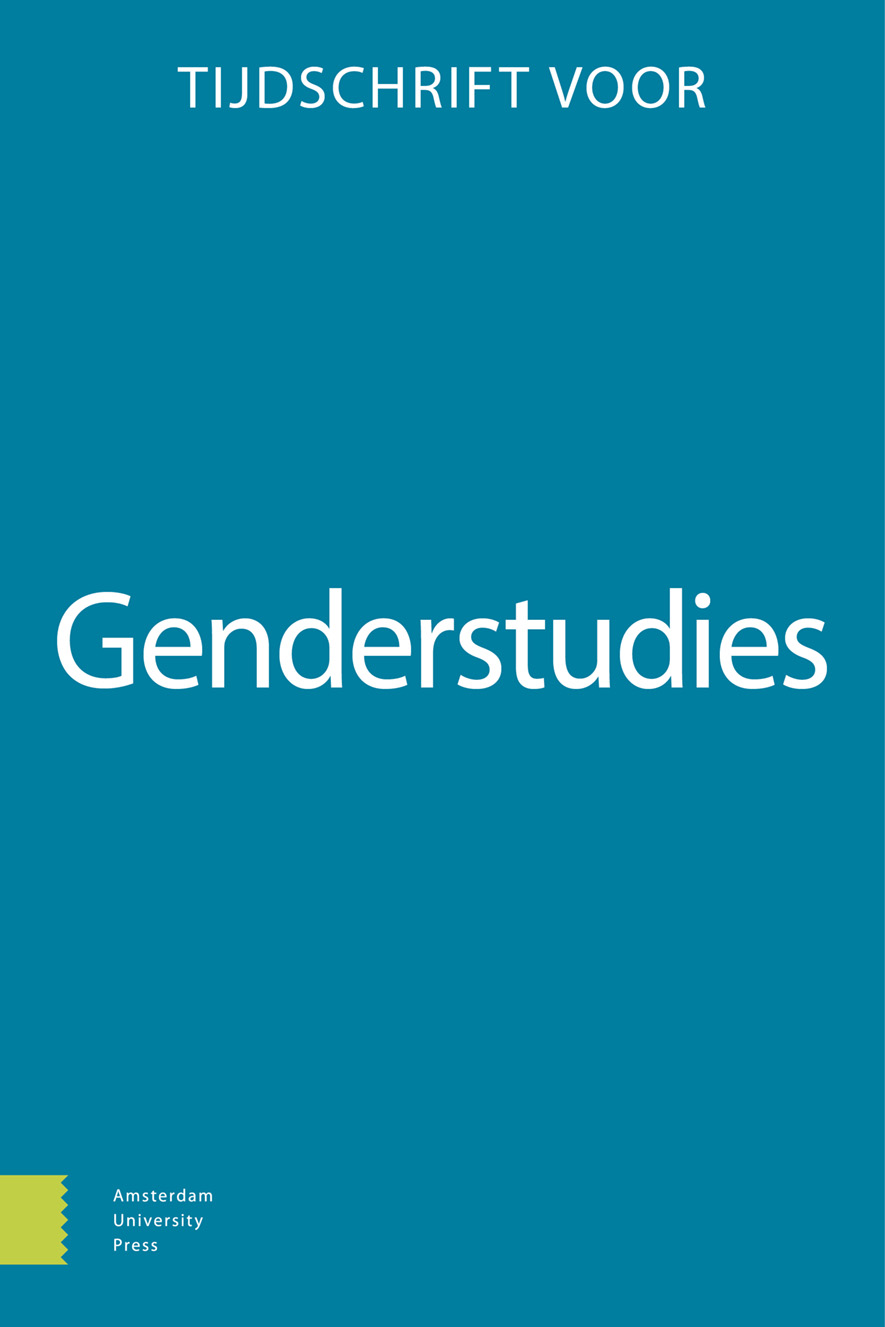-
oa The truth told by the body: Swiss medicolegal responses to intimate partner violence from a gender perspective
- Amsterdam University Press
- Source: Tijdschrift voor Genderstudies, Volume 24, Issue 2, Jul 2021, p. 179 - 196
-
- 01 Jul 2021
Abstract
This paper offers new insights on the practical consequences of a gender-neutral framing of Intimate Partner Violence in a specific institutional context, showing how it results in differentiated recognition of victims of IPV. Through an ethnographic case study conducted in a medicolegal centre in French-speaking Switzerland, I show how the focus has shifted from a problem defined as a form of violence against women to a gender-neutral representation of a familial problem of ‘domestic violence’ in which neither perpetrators nor victims are named. This outcome is linked to political decision-making at the cantonal level that privileges a gender-neutral reading of IPV, which is no longer conceived in terms of male violence perpetrated against women. The paper foregrounds the specific ways in which the support provided to victims of IPV by a public health institution have been impacted by and contributed to this changing agenda. Its findings show that, by certifying physical forms of violence, while excluding psychological violence, medicolegal expert knowledge ultimately legitimises some victims while excluding others from receiving its support.


